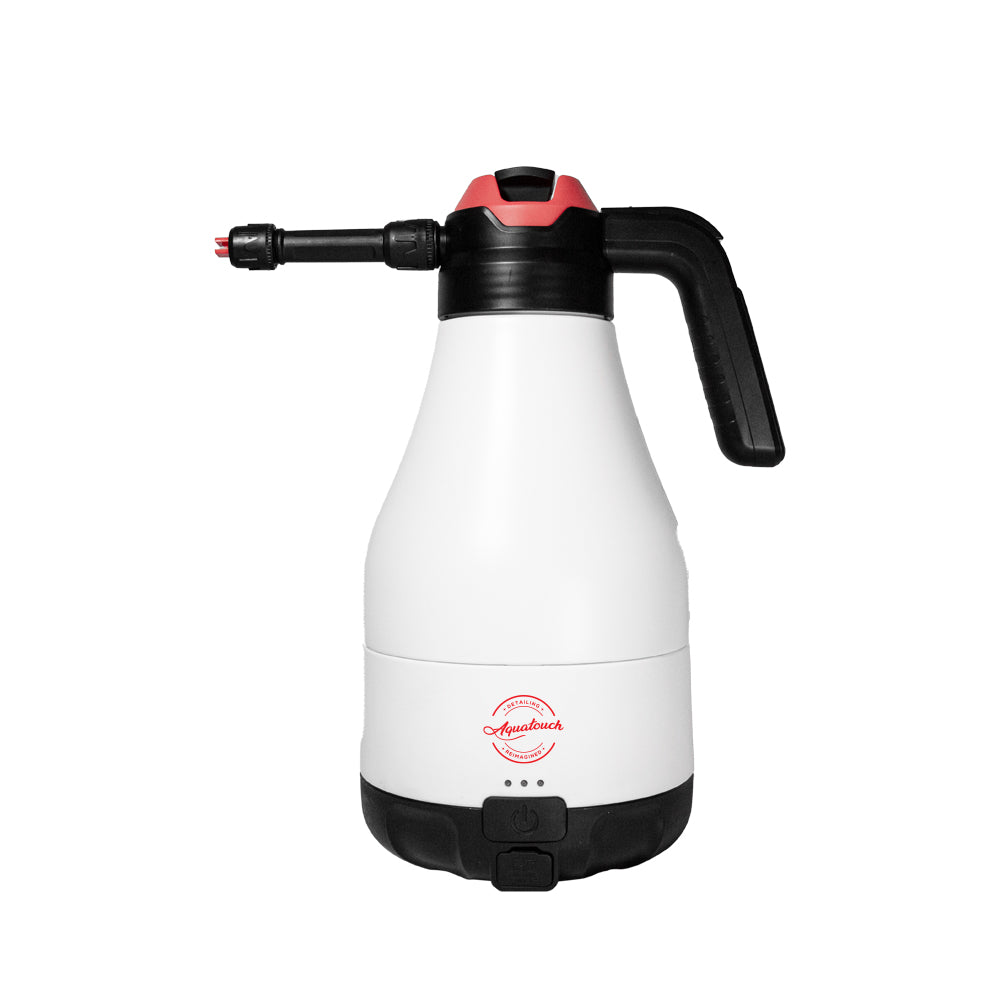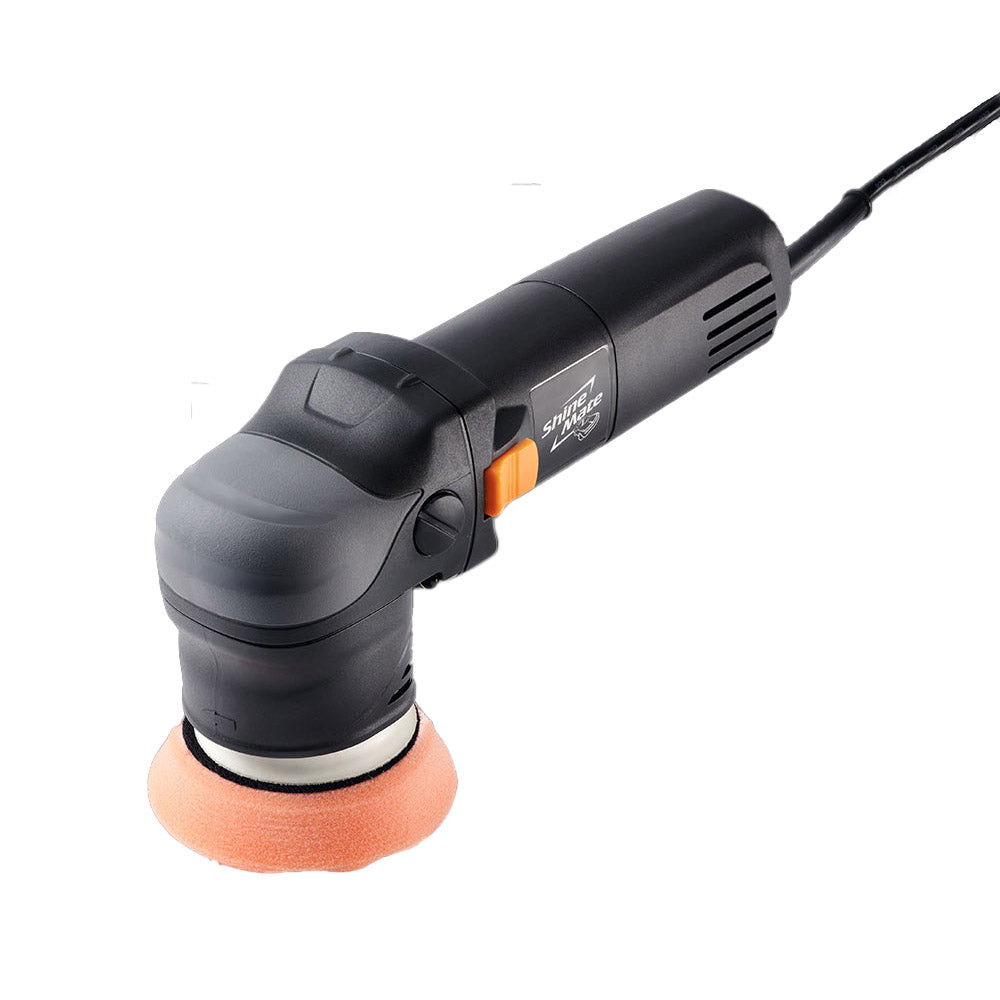What is a water spot and how do they occur?
Water spots are mineral deposits that can occur when water is left to dry on its own accord on automotive glass, paint, and trims. All water (except for distilled) contains natural minerals. When water is left to dry and evaporate, it will leave those minerals behind on the surface. These minerals can then etch into the surface over time, creating a pit like defect known as a waterspot.
Although rainwater (particularly in the outer city or country areas) tends to contain fewer minerals or other chemical particles, it can still cause water spots. Tap water on the other hand tends to contain far more minerals and usually creates more or increased water spots by comparison to rainwater.
If water isn’t allowed to dry while sitting on the surface of a vehicle and is dried using a towel or other methods, it will prevent water spots from happening. Though if any water is missed or drips out of the panel or trim, this can also lead to water spots.
Other environmental factors such as air pollution due to industrial manufacturing, jet fuel near airports, and general poor air quality will tend to have higher contamination in its rainwater and tends to increase the likelihood of water spots.
The Difference Between a Fresh Water Spot vs a Paint Defect
A "water spot" is a paint defect that sits on top of your car paint, glass or trims - but its severity can vary, and so can the ways to remove it.
If water is left untreated over time, then minerals will begin to fuse to the paintwork, glass or trim. These minerals can begin to etch their way into the surface, creating water-etching. This can happen after a long period of time, or quite quickly. The speed of this reaction depends on many environmental factors such as the mineral content in the water, temperature, and UV rays.
If fresh water-spots are found before minerals have properly etched into the paintwork, they can be removed relatively easily. However, if they are left untreated for a long period of time, and the minerals have time to etch into the paintwork, then you are left with a paint defect, that needs to be abrasively polished to be removed.
How to test if you have a water spot/paint defect and how to remove them
Water spots are most commonly removed by simply washing your vehicle. If addressed in a timely manner, a good wash can remove these minerals before they have a chance to bond strongly to the surface. If you are following a frequent washing regime, and are noticing water-spots, then it is likely that these water-spots are starting to etch & will require additional measures to remove them.
There are specific product formulations called water spot removers, or mineral removers which can help remove stubborn water spots by chemically neutralizing and breaking down these minerals. If you are finding these spots are persisting after your wash process, then this is the next best step into removing these spots & figuring out exactly what you are dealing with.
Once a water spot has penetrated the paint or surface to progress to a water etching, it can no longer be removed simply with a chemical or wash - it needs to be either polished, compounded, or even sanded to remove it depending on its severity.
If you are finding that washing your vehicle or using a suitable water-spot remover is not removing these waterspots, then you can be certain that these minerals have etched their way into the surface, and you are now dealing with a paint defect that will need to be polished just like a scratch, or swirl in the paintwork.
How to remove a water spot using a Waterspot Remover
The general method of using a water spot remover such as Nv Shift is to apply it after washing your vehicle on a dry or a slightly wet surface, by spraying it directly onto the affected areas and then using a clean microfibre cloth with minimal pressure and wipe over the surface.

After about a minute of wiping over the area, the chemicals should have broken down and neutralized the minerals - and hopefully removed them to prevent further water spotting from happening. Then rinse the area with water, and dry the surface.
Sometimes, a quick application of Shift will be successful in removing the water spots. However, in certain cases, it may take a couple of attempts to fully remove the water spot or spots.
In the case that a waterspot remover doesn’t remove the water spot even after several attempts, it’s most likely that the water spot has progressed to a light etching, in which case an abrasive such as a car polish or compound will be needed to remove it. When water spots are first detected, it’s vital that they are addressed as soon as possible, as a light or fresh water spot is far easier to remove.

Areas close to the beach tend to be the most problematic area in relation to water spots and etchings due to the environmental factor, so it’s important that vehicles used and stored close to the beach are regularly treated with water spot removers to help mitigate potential water spots.





